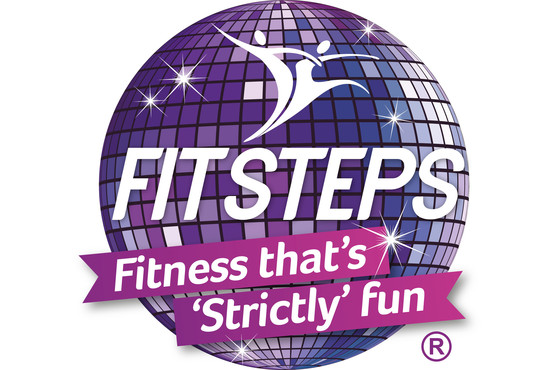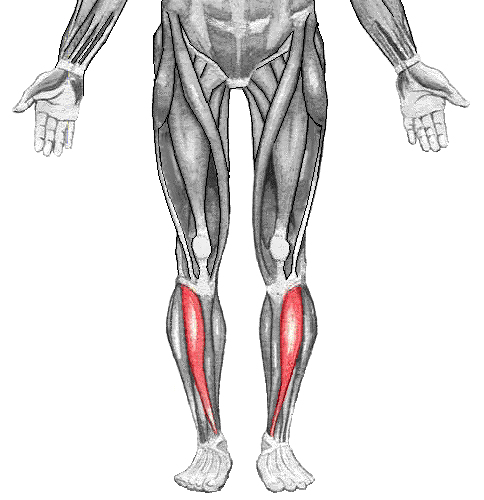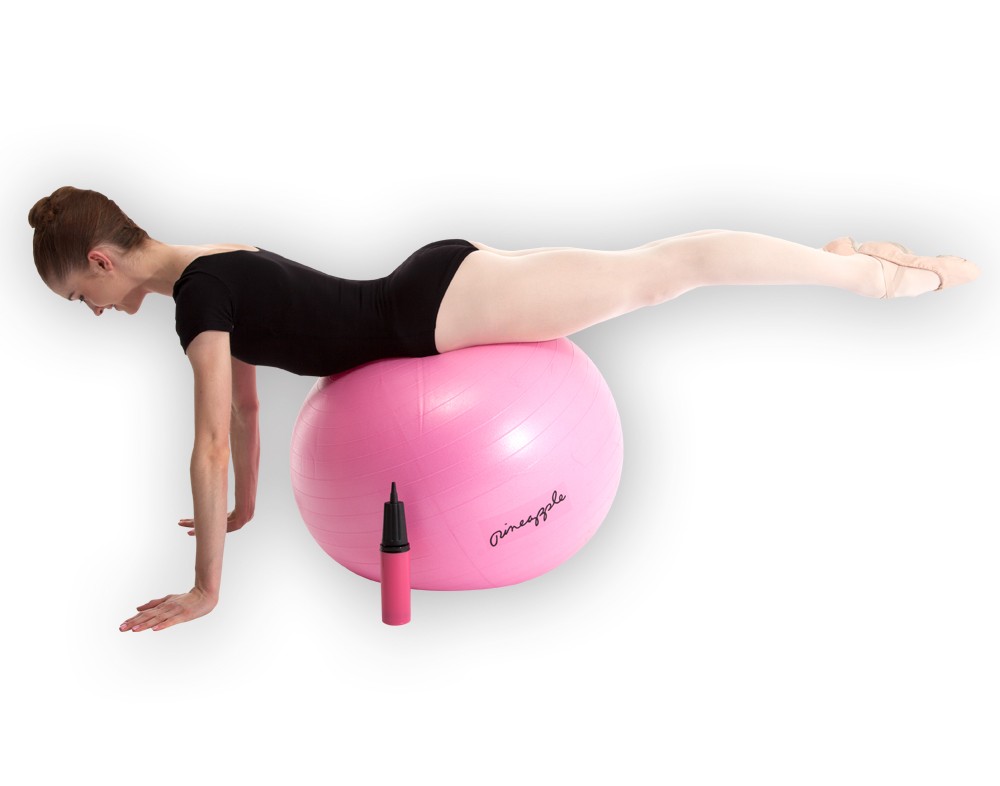
Despite the fact that stretching out dancers’ muscles is vital, there are many points to heed as you work towards a more supple, flexible body. In order to stretch safely and successfully, the body and muscles must be sufficiently warm: don’t hold static stretches (those held for longer than 30 seconds) before warming up. The stretches do increase flexibility but only once the body is warm. Stretching cold muscles achieves nothing and often leads to overstretching ligaments and tendons, increasing instability and resulting in pain. It also decreases the muscle’s ability to contract, resulting in less power and available strength once you start dancing.
The key to stretching effectively is to be incredibly warm, by first activating the muscles and getting blood flowing through the body before working toward greater flexibility and a more balanced body. Unfortunately, in a constant pursuit of greater flexibility, dancers have a tendency to favour extreme, and sometimes dangerous stretches, instead of following a gradual approach, creating weaknesses in their bodies. The first step in switching over to a safe stretching regime that increases muscle flexibility without sacrificing the stability needed for balances and the power needed for jumps is losing bad habits.
Often dancers get caught up with stretching one area of the body that they forget about the other muscles: if you stretch your hamstrings make sure you equate this when stretching your quadriceps. This means that creating imbalances in the body is less likely to happen. An additional method of countering this is by using a foam roller. This can be used when dancers are feeling tight in order to free up the connective tissue muscles before stretching them, decreasing muscles tension and pain. Foam rolling can be done prior to activity, even on cold muscles, or post-activity to release inhibited muscles and allows more freedom in a muscle that was otherwise restricted.
Image courtesy of Wikimedia Commons.

 Following injuries, it is paramount that dancers recover as quickly as possible, and diet can particularly aid this. And it’s not just about what you eat, it’s about what you shouldn’t eat too; junk food fills holes without providing any nutrients, just empty calories, and caffeine reduces bone-mineral density and increase fluid loss.
Following injuries, it is paramount that dancers recover as quickly as possible, and diet can particularly aid this. And it’s not just about what you eat, it’s about what you shouldn’t eat too; junk food fills holes without providing any nutrients, just empty calories, and caffeine reduces bone-mineral density and increase fluid loss. With injuries perhaps the most feared aspect of a performer’s life, it is important that your diet is aiding recovery, aside from other treatments you may be using such as ice, physiotherapy and rest. Ensuring you are providing your body with good nutrition will reduce recovery times, which is paramount for getting back in the studio. It is said that there are three key nutrients to get you back on top form.
With injuries perhaps the most feared aspect of a performer’s life, it is important that your diet is aiding recovery, aside from other treatments you may be using such as ice, physiotherapy and rest. Ensuring you are providing your body with good nutrition will reduce recovery times, which is paramount for getting back in the studio. It is said that there are three key nutrients to get you back on top form. A Bristol fitness instructor and diet adviser Sarah Buscemi has added a new Strictly-themed exercise regime to her usual repertoire to enable clients to dance their way to fitness with a new Strictly-themed workout programme. Sarah has joined other Rosemary Conley consultants around the country to train in FitSteps, which was launched earlier this year by Strictly stars Natalie Lowe and Ian Waite.
A Bristol fitness instructor and diet adviser Sarah Buscemi has added a new Strictly-themed exercise regime to her usual repertoire to enable clients to dance their way to fitness with a new Strictly-themed workout programme. Sarah has joined other Rosemary Conley consultants around the country to train in FitSteps, which was launched earlier this year by Strictly stars Natalie Lowe and Ian Waite. Historically, the term ‘Achilles Heel’ referred to the greatest weakness of an individual: Achilles was a figure of Greek Mythology, a hero of the Trojan War killed by a small injury to his heel. Today, following this tale, the Achilles is the small tendon connecting the calf muscle to the heel bone. The tendon is still a weakness for many dancers, most notable recently was the snapping of the tendon of a Bolshoi dancer during a performance. This was a result of tendonosis, a chronic and more serious condition where bouts of tendonitis are not treated properly or the dancer does not take adequate time to rest.
Historically, the term ‘Achilles Heel’ referred to the greatest weakness of an individual: Achilles was a figure of Greek Mythology, a hero of the Trojan War killed by a small injury to his heel. Today, following this tale, the Achilles is the small tendon connecting the calf muscle to the heel bone. The tendon is still a weakness for many dancers, most notable recently was the snapping of the tendon of a Bolshoi dancer during a performance. This was a result of tendonosis, a chronic and more serious condition where bouts of tendonitis are not treated properly or the dancer does not take adequate time to rest. The University of Chichester, renowned for its dance course, is holding a day of talks, workshops and performances on 9 November, named Moving and Experiencing: Somatics in theory and practice.
The University of Chichester, renowned for its dance course, is holding a day of talks, workshops and performances on 9 November, named Moving and Experiencing: Somatics in theory and practice.
 DOMS: a common ailment for dancers, athletes and sports players. As much as it is common, the meaning of the each letter and its cause is not often known, especially by those who are younger and just beginning to train harder in their chosen area.
DOMS: a common ailment for dancers, athletes and sports players. As much as it is common, the meaning of the each letter and its cause is not often known, especially by those who are younger and just beginning to train harder in their chosen area. Swiss balls, known by a number of different names, are large, heavy-duty inflatable balls used for aiding core strength in dance technique. The balls offer a fun, safe and highly effective way to exercise, and are relatively inexpensive compared to other exercise equipment. Stocked by Dance Direct, for example, the Pineapple ball is burst resistant, and works to keep the entire body in shape, targeting all the major muscle groups and supporting dance work.
Swiss balls, known by a number of different names, are large, heavy-duty inflatable balls used for aiding core strength in dance technique. The balls offer a fun, safe and highly effective way to exercise, and are relatively inexpensive compared to other exercise equipment. Stocked by Dance Direct, for example, the Pineapple ball is burst resistant, and works to keep the entire body in shape, targeting all the major muscle groups and supporting dance work.